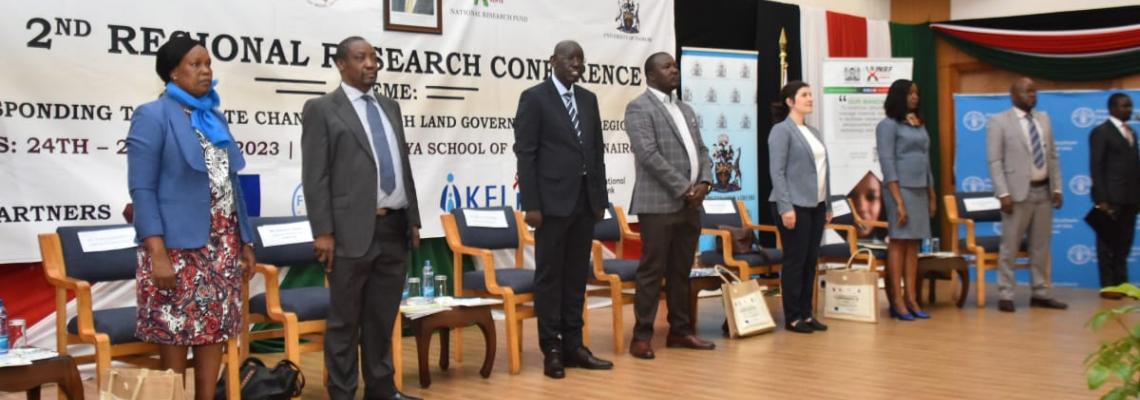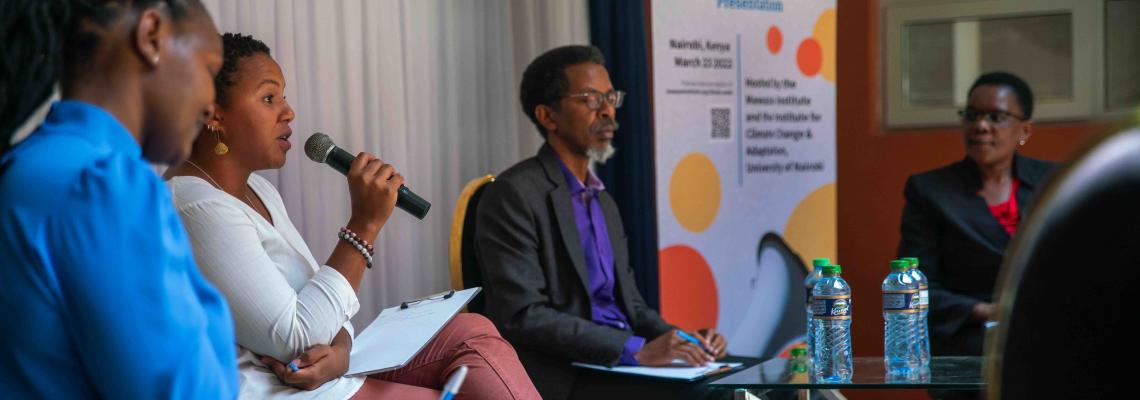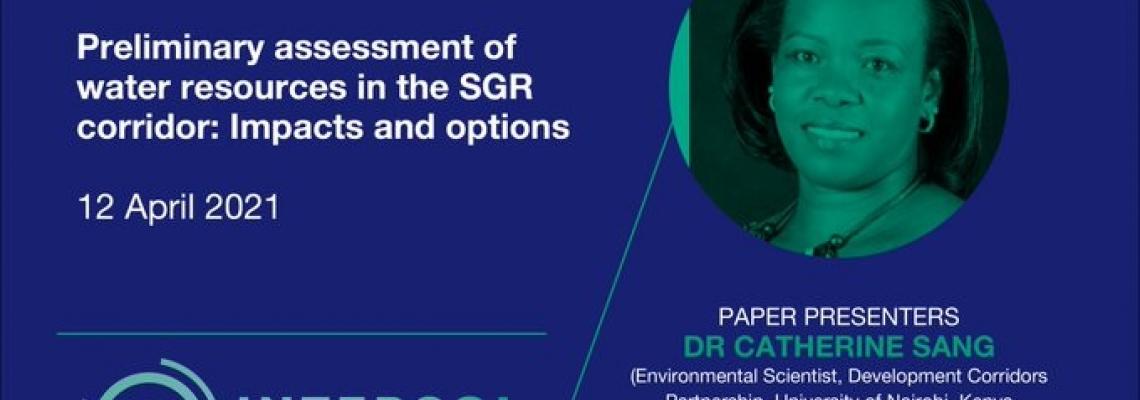Kisumu city, like many cities in the developing world, has increased burden of urban informal settlements where access to basic sanitation and water remain a challenge. Despite several studies focussing on sanitation and water situation within Kisumu environment, elaborate research on the influence of shallow water table on the construction of facilities and quality of structures has however not been extensively reported. In order to discuss potential implications of sanitation facility quality on public health in the informal settlements, this study characterised sanitation facilities by depth and quality of superstructure, analysed association between depth of pit latrines and types, and between depth of pit latrines and shallow wells (SWs). The study targeted five urban informal settlements in Kisumu city namely Nyalenda A, Nyalenda B, Manyatta B, Manyatta A and Obunga, and two peri-urban informal settlements of Korando and Kogony. The study involved physical ground surveys on all SWs in the study area and convenience sampling of toilet facilities within 30 m radius to the water points. Analysis was carried descriptively and with the help of GIS spatial analysis tool. A total of 100 SWs and 400 pit latrines were studied. Our findings revealed some evidence of the influence of shallow water table on the construction quality and depth of pit latrines and SWs both in the urban informal settlements and those of the peri-urban. The mean depth of pit latrines and SWs in the urban informal settlements ranged from 0.25 m–3.8 m and 0.0 m–4 m, respectively, while peri-urban areas ranged from 3.5 m–8.1 m and 7.6 m–14.4 m. The study also established that most pit latrines were raised to a mean height of 0.25 m–0.5 m above ground. Analysis of depth revealed that the depth of pit latrines and shallow wells in the urban informal settlements were overlapped while those of the peri-urban were not overlapped. Moreover, majority of pit latrines in the urban informal settlements were raised by an average 0.25 m–0.5 m above mean ground level, a strategy, identified by residents, to overcoming the double challenge of flooding and cross contamination. Overall, the study established that, where construction depth of both pit latrines and shallow wells is limited, the incentive to construct quality pit latrines or SWs lessens, the possible reason for the prevalence of low quality and less durable facilities in the urban informal settlements as opposed to peri-urban areas where deeper and improved pit latrines and wells exist. In conclusion, the high prevalence of poor-quality pit latrines and SWs in the informal settlement predisposes residents in these settlements to public hygiene challenges with potential escalation during floods. Creation of awareness on improved toilet facilities with potential of withstanding the challenges of raised water table and frequent flood risks is recommended in the short term while development of specific toilet construction guidelines concerning depth and superstructure recommended on the long term.
Link
https://doi.org/10.34416/svc.00020








